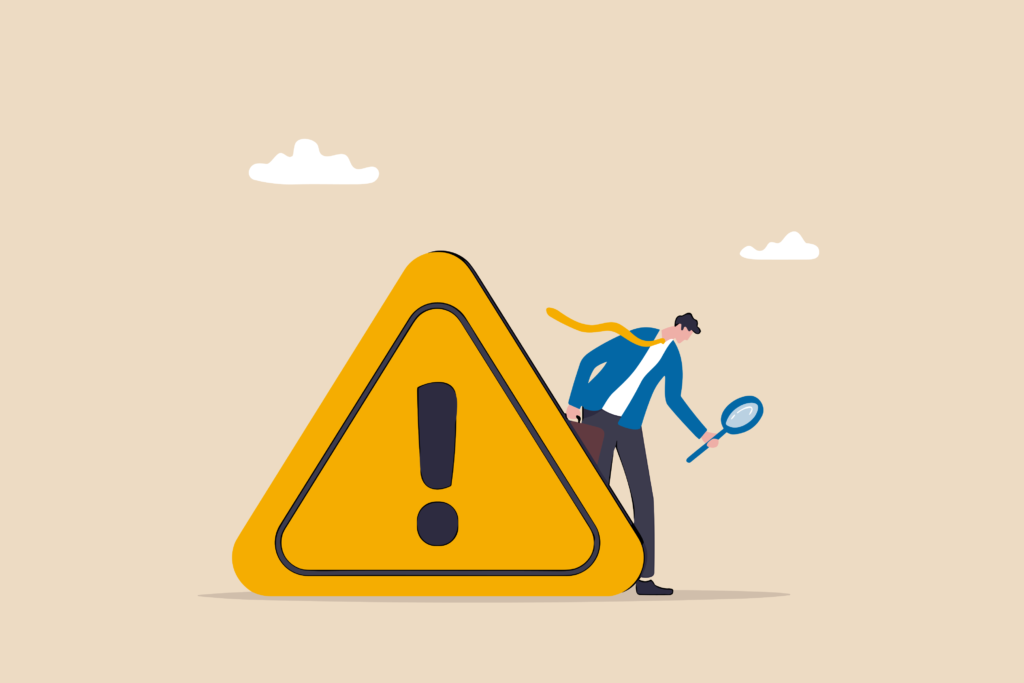
Poor Work-Life Balance in the Workplace
Research on the effects of poor work-life balance on individuals and organizations, causes of poor work-life balance, and strategies to address and improve work-life balance in the workplace.
Introduction:
In today’s fast-paced and demanding work environments, achieving a healthy work-life balance has become increasingly challenging. This article aims to explore the concept of poor work-life balance in the workplace, its impact on individuals and organizations, and potential strategies to address this issue.
- Definition and Causes of Poor Work-Life Balance:
Poor work-life balance refers to the imbalance between an individual’s professional responsibilities and personal life, resulting in excessive work hours, high stress levels, and limited time for personal activities. Several factors contribute to this issue, including long working hours, unrealistic workload expectations, lack of flexibility, and inadequate support systems.
- Impact on Individuals:
- Physical and Mental Health: Poor work-life balance can lead to increased stress, fatigue, and burnout, negatively impacting both physical and mental well-being.
- Relationships: Excessive work commitments can strain personal relationships, leading to conflicts and reduced quality time with family and friends.
- Personal Development: Limited time for hobbies, self-care, and personal growth can hinder overall personal development and satisfaction.
- Impact on Organizations:
- Decreased Productivity: Employees experiencing poor work-life balance may suffer from decreased productivity, reduced motivation, and increased absenteeism.
- High Turnover Rates: Organizations with a poor work-life balance reputation may struggle to attract and retain talented employees, leading to higher turnover rates.
- Negative Organizational Culture: A lack of work-life balance can contribute to a toxic work environment, affecting employee morale and overall organizational culture.
- Strategies to Address Poor Work-Life Balance:
- Flexible Work Arrangements: Offering flexible working hours, remote work options, and compressed workweeks can empower employees to better manage their personal and professional commitments.
- Clear Communication and Expectations: Establishing transparent communication channels and setting realistic workload expectations can help employees prioritize tasks effectively.
- Employee Support Programs: Implementing employee assistance programs, wellness initiatives, and stress management workshops can provide resources and support for individuals struggling with work-life balance.
- Promoting a Positive Work Culture: Encouraging a healthy work-life balance through leadership support, recognition of achievements, and fostering a positive work environment can contribute to employee well-being.
Conclusion:
Addressing poor work-life balance in the workplace is crucial for the well-being of individuals and the success of organizations. By recognizing the causes and implementing strategies to promote a healthier balance, employers can create a more productive, satisfied, and engaged workforce. Prioritizing work-life balance is not only beneficial for individuals but also contributes to the overall success and sustainability of organizations.

